You never know when someone will ask you to take a drug test. This concerns people because they may have ingested a substance in the recent past, which may be detected on the test. This is when many people wonder, “How long do drugs stay in your system?” You will find the answer here.
Table of Contents
- How long do drugs stay in your system?
- How Long Do Drugs Stay in Your System?
- Is there Drug Testing During Pregnancy?
- Why Would You Have to Take a Drug Test?
- Why Would You Try to Outsmart a Drug Test?
How long do drugs stay in your system?
This question doesn’t have a quick and simple answer because it depends on several things. For example, each drug remains in each person’s system for various amounts of time. In addition to that, many other factors determine how long a drug will remain in your system. Some of these factors include the following:
- Whether or not you have a kidney or other medical condition that affects how your body metabolizes the drug
- Whether or not there are other drugs or alcohol in your system
- Whether or not you are adequately hydrated
- The amount of drugs in your system
- The amount of physical activity you engage in each day
- The type of drug you ingest
- How often you use the drug
- How tolerant you are to the drug
- Metabolic rate
- Bodyweight
- Gender
- Ethnicity
- Age
- The drug’s half-life
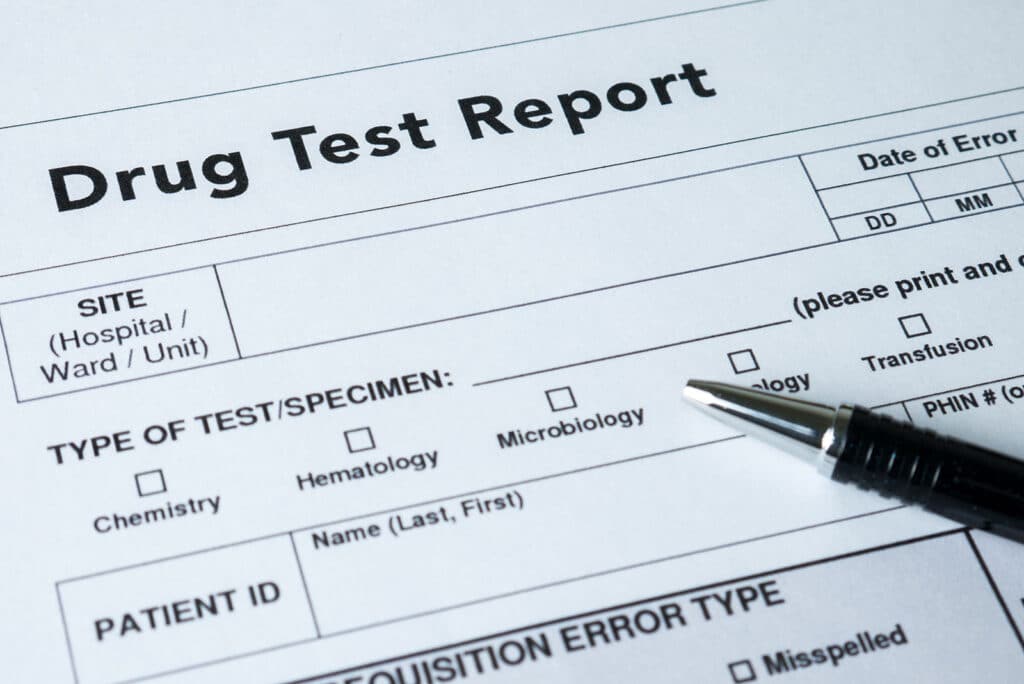
What Is the Elimination Half-Life?
A drug’s half-life gives us a better idea of how long a drug remains in your system. The half-life is the amount of time that it takes a drug to be eliminated by 50%. If a drug has a particularly long half-life, a drug test will detect it for a longer period. Valium, for example, is a benzodiazepine with a long half-life, so a drug test will be able to detect it longer than a drug with a shorter half-life.
How Was the Drug Used?
The length of time that drugs remain in your system also depends on how you ingest the drug. A drug you consume in pill or tablet form can take the longest for your body to metabolize. The gastrointestinal system must break these substances down, so it takes longer for them to reach your bloodstream. It also takes a particularly long time for the drugs to be eliminated from your body.
In contrast, according to the National Institute on Drug Abuse, smoking cocaine causes it to enter the bloodstream rather quickly. Smoking cocaine or other drugs takes them directly into the lungs and then to the heart. They take a short trip to the brain after that. Because this happens rather quickly, the user gets high quickly, and the drug also leaves the system rapidly.
Injecting substances takes them right into the bloodstream, so this is another fast way of delivering drugs. The result is that the user experiences a quick high that is over in the same manner.
Snorting substances will cause them to enter your system faster than if you were to take a pill or a tablet, but it will take longer for the drug to be eliminated than if you smoked the substance.
How Does Demographics Contribute?
Demographics also influence how long your body takes to metabolize substances. For example, as we grow older, it takes longer for our bodies to metabolize the food and other substances that we consume. In addition to that, our blood flow slows down, and so does our liver functioning. Therefore, if you are of Asian descent, over the age of 64, are obese, and have issues with your liver, it will take your body longer to eliminate Xanax than someone of another race.
Drugs also take a longer time to be eliminated from young women’s bodies.
After you consume a drug, your digestive system must change it chemically to be removed from your body. Alcohol is one substance that requires several steps to be metabolized. One of the substances that it is converted into during this time is a cancer-causing substance known as “acetaldehyde.” The body finally breaks it down to carbon dioxide and water and easily eliminates it. Different demographics have various factors that influence this system and the length of time it takes to metabolize substances.
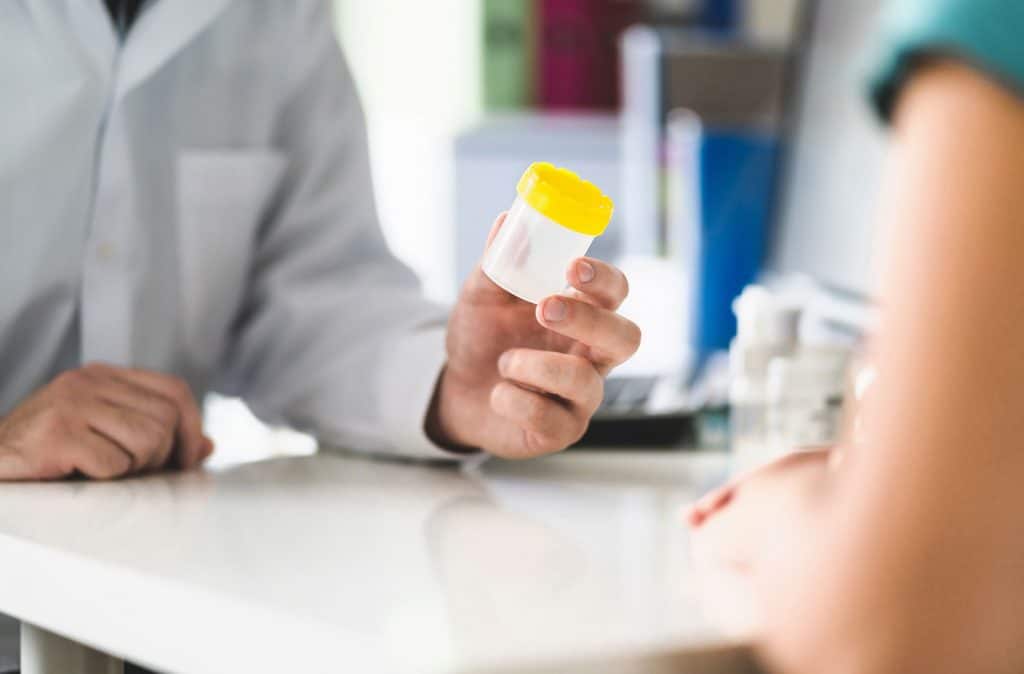
How Long Do Drugs Stay in Your System?
You may be asking this question because you have to take a drug test. The following list will tell you how long drugs stay in your system so that they can be detected in urine, blood, hair, and saliva:
Alcohol
- Saliva Test: As long as three days.
- Hair Test: As long as 90 days.
- Urine Test: As long as 48 hours.
The Length of Time that Barbiturates Remain in Your System
Barbiturates come in short-acting and long-acting versions, and how long they will remain in your system will depend on the version you are taking. Other factors will also contribute to the length of time the drug remains in your system.
- Saliva: As long as three days.
- Blood: As long as 72 hours.
- Hair: As long as 90 days.
- Urine: As long as six weeks.

The Length of Time that Stimulants Remain in Your System
Stimulant use can be detected by tests on samples of blood, urine, hair, or saliva.
Ritalin
- Saliva: As long as two days.
- Blood: As long as 12 hours.
- Hair: As long as 90 days.
- Urine: As long as two days.
Adderall
- Saliva: As long as 50 hours.
- Blood: As long as 46 hours.
- Hair: As long as 90 days.
- Urine: As long as 72 hours.
Methamphetamine
- Saliva: As long as four days.
- Blood: As long as three days.
- Hair: As long as 90 days.
- Urine: As long as one week.
Cocaine
- Saliva: As long as two days.
- Blood: As long as 24 hours.
- Hair: As long as 90 days.
- Urine: As long as three days.
Ecstasy
- Saliva: As long as two days.
- Blood: As long as two days.
- Hair: As long as 90 days.
- Urine: As long as four days.
PCP
- Saliva: As long as 10 days.
- Blood: As long as 24 hours.
- Hair: As long as 90 days.
- Urine: As long as four weeks.
LSD
- Blood: As long as 12 hours.
- Hair: As long as 90 days.
- Urine: As long as four days.
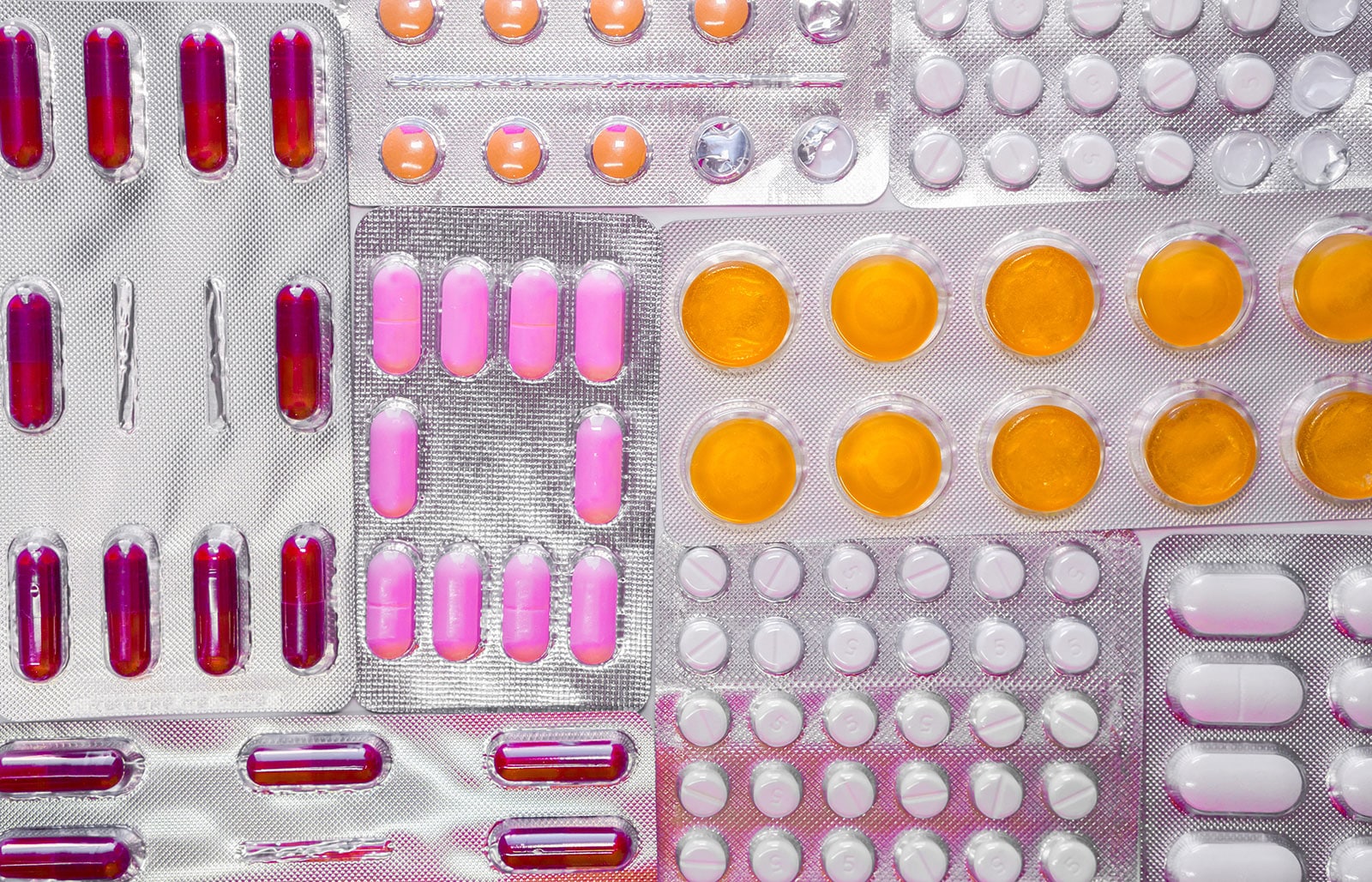
The Length of Time that Benzodiazepines Remain in Your System
Doctors prescribed benzodiazepines to treat insomnia or anxiety in larger numbers in the past, but many people are currently misusing these medications. They include the following:
Xanax
- Saliva: As long as two days.
- Blood: As long as 24 hours.
- Hair: As long as 90 days.
- Urine: As long as four days.
Restoril
- Saliva: As long as 24 hours.
- Blood: As long as 24 hours.
- Hair: As long as 90 days.
- Urine: As long as six weeks.
Valium
- Saliva: As long as 10 days.
- Blood: As long as 48 hours.
- Hair: As long as 90 days.
- Urine: As long as six weeks.
Ativan
- Saliva: As long as eight hours.
- Blood: As long as three days.
- Hair: As long as 30 days.
- Urine: As long as six days.
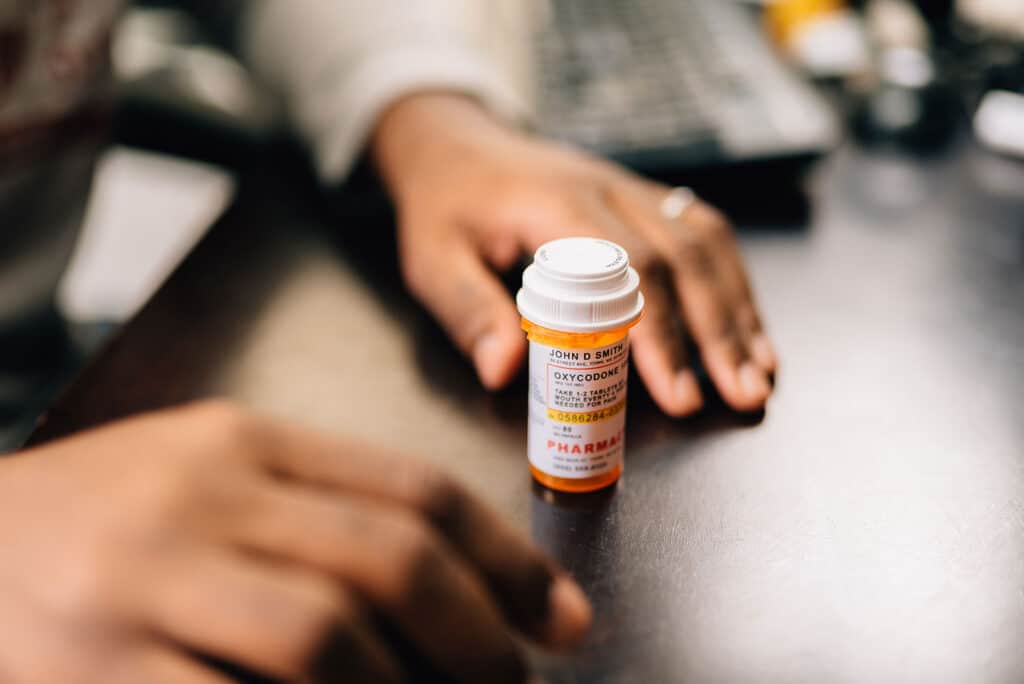
The Length of Time that Opioids Remain in Your System
The opioid crisis has been going on for several years, and it doesn’t seem as if it will go away in the near future. Opioids include illicit drugs as well as prescription pain relievers. Many employers find it necessary to test their employees for these drugs during this time.
Tramadol
- Saliva: As long as 48 hours.
- Blood: As long as 48 hours.
- Hair: As long as 90 days.
- Urine: As long as 72 hours.
Oxycodone
- Saliva: As long as four days.
- Blood: As long as 24 hours.
- Hair: As long as 90 days.
- Urine: As long as four days.
Methadone
- Saliva: As long as 10 days.
- Blood: As long as 24 hours.
- Hair: As long as 90 days.
- Urine: As long as 12 days.
Hydrocodone
- Saliva: As long as 36 hours.
- Blood: As long as 24 hours.
- Hair: As long as 90 days.
- Urine: As long as four days.
Heroin
- Saliva: For about one hour.
- Blood: As long as six hours.
- Hair: As long as 90 days.
- Urine: As long as three days.
Fentanyl
- Blood: As long as two days.
- Hair: As long as 90 days.
- Urine: As long as three days.
Codeine
- Saliva: As long as four days.
- Blood: As long as 24 hours.
- Hair: As long as 90 days.
- Urine: As long as three days.
Morphine
- Saliva: As long as three days.
- Blood: As long as three days.
- Hair: As long as 90 days.
- Urine: As long as three days.
Marijuana
- Saliva: As long as 72 hours.
- Blood: As long as four hours.
- Hair: As long as 90 days.
- Urine: As long as 30 days.

Is there Drug Testing During Pregnancy?
Medical professionals can perform several drug tests during pregnancy, including the following:
Sometimes, authorities require blood tests on the fetus while it is still in the womb. Medical personnel test blood from the baby’s umbilical cord in these cases, but substances can only be detected in this manner for a very short period of time, so this test is rarely done.
Meconium
A more common test is a test of the baby’s “meconium.” Meconium is the waste product that the fetus produces, and it is the drug test that medical personnel prefer to do on a newborn baby. Physicians can use this test to screen for several drugs, including alcohol, methamphetamines, marijuana, opioids, and cocaine. This test allows medical personnel to detect drug use in a pregnant mother for a very long time.
Hair
Medical personnel also test a newborn baby’s hair for possible drug use by the mother. It is a method that allows them to detect drug use from several months prior if the baby’s hair is long enough. The test can detect several substances, including methadone, benzodiazepines, amphetamines, cocaine, opiates, and cannabinoids.
Placenta
The placenta is very large, so it gives medical personnel a huge amount of tissue to detect drug use. The detection window for the placenta is about the same as it is for blood.
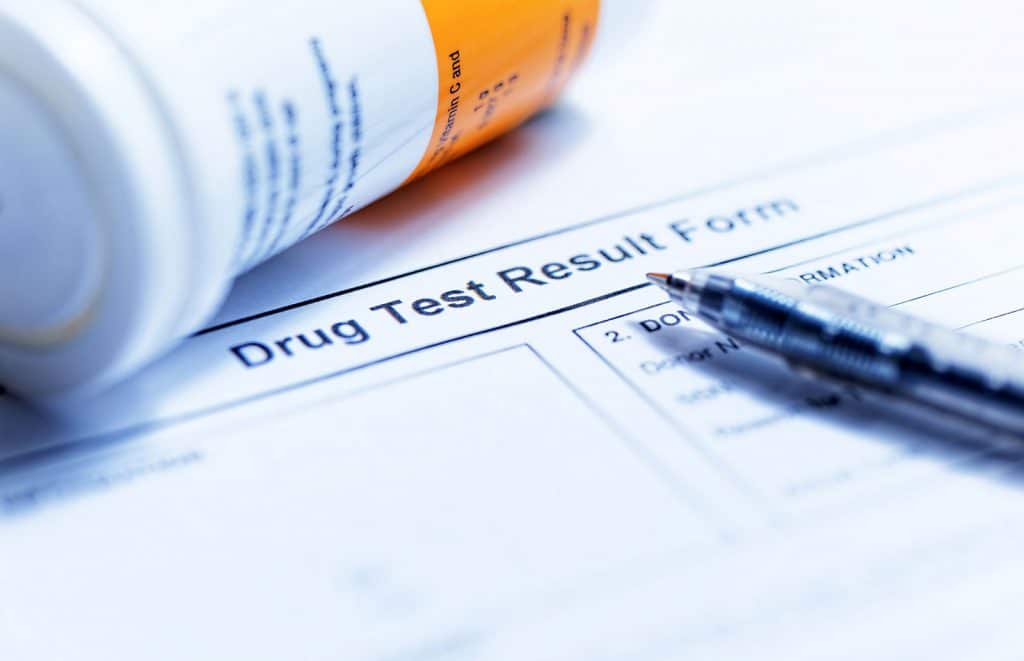
Why Would You Have to Take a Drug Test?
You may need to take a drug test for several reasons. For example, many employers regularly test their employees for drugs. These employers require this of employees if their jobs are particularly dangerous. Athletics is another area in which drug testing may be required. High school and college athletes must take drug tests to ensure that they are not taking substances that enhance their performances. Professional athletes must also submit to these types of tests.
After motorists are arrested for suspicion of driving under the influence, the suspects will be required to submit to a drug test. After they have been convicted on this charge, a condition of their parole or probation may be that they will need to submit to periodic drug tests to prove that they are remaining abstinent as required by their probation or parole.
Why Would You Try to Outsmart a Drug Test?
Sometimes, people desperately try to find ways to outsmart drug tests, but these “remedies” are not worth the time. The best thing to do is to refrain from using drugs, but this can be extremely uncomfortable or even dangerous. If you have become dependent upon a drug, you may experience several unpleasant withdrawal symptoms upon ceasing the use of the substance. Rather than take this risk, the best option is to enter into a treatment program at the Long Island Treatment Center.
When you enter our drug treatment center, you will be able to start our detoxification program. Our medical personnel will surround you in the event that you begin to experience severe distress. Our physicians and nurses will be there to provide you with immediate assistance. After you complete the detoxification process, we can offer you several types of therapy to treat your psychological addiction in an inpatient or outpatient setting.
Many people are experiencing mental health disorders while they are dealing with a substance use disorder. If you or a loved one are ready to control your substance use disorder, contact us at Long Island Treatment Center today. At our facility, we have the staff to diagnose your mental health disorder that has never been diagnosed and treat it along with your substance use disorder.
Source

